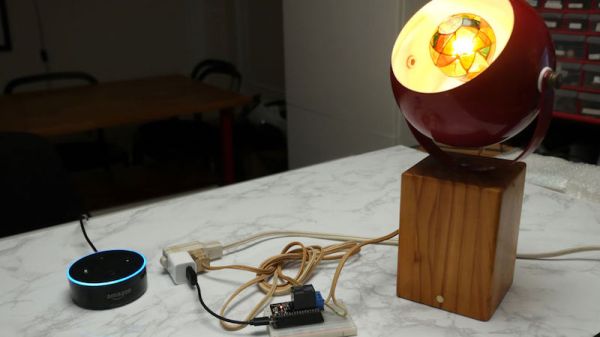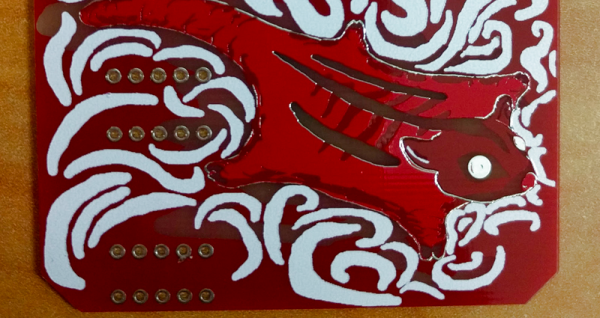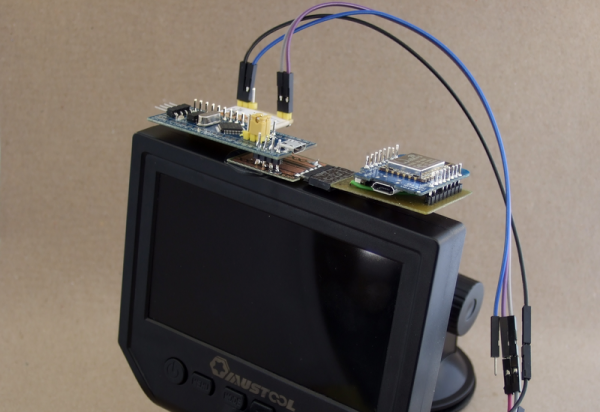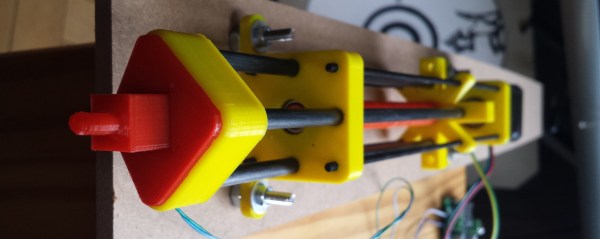Barking commands at furniture seems a bit odd but with voice controlled home automation platforms becoming the norm, you may be spending more time talking to your light fixtures than your kids. In one such project, [Becky Stern] used an Alexa Dot and an ESP8266 respond to voice commands.
The design uses the Alexa Dot to interpret voice commands such as ‘Alexa turn the light ON’. The ESP8266 with a relay feather wing is used to switch the actual lamp ON and OFF. The glue between the two is the fauxmoESP library that allows the ESP8266 to receive commands from the Alexa API.
The best part of the project is the lamp itself which has a wooden base and is perfect for such experiments. [Becky Stern] does a wonderful job at carving out enough space and filling it with the electronics. The additional sanding and wood staining make the project more impressive and worthy of a living room. The idea could be easily extended to other own household items. Check out the video of the project below and for more inspiration, take a look at Theia IoT Light-Switch. Continue reading “Talking To A Lamp”























